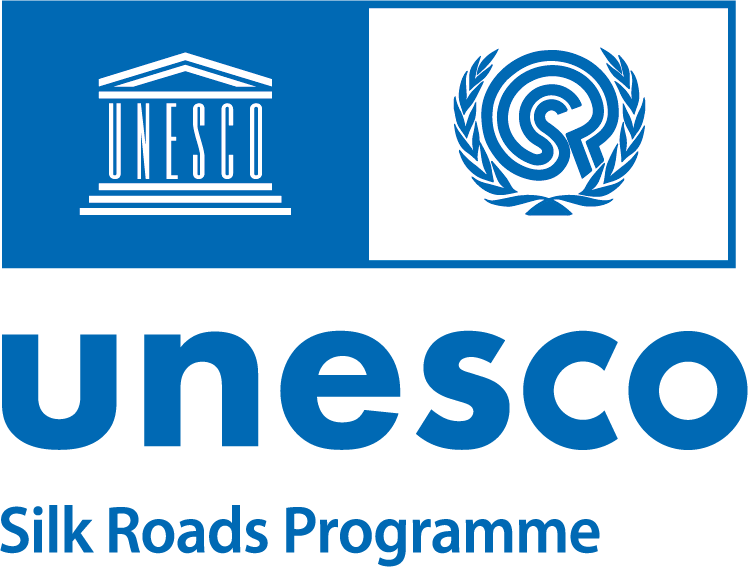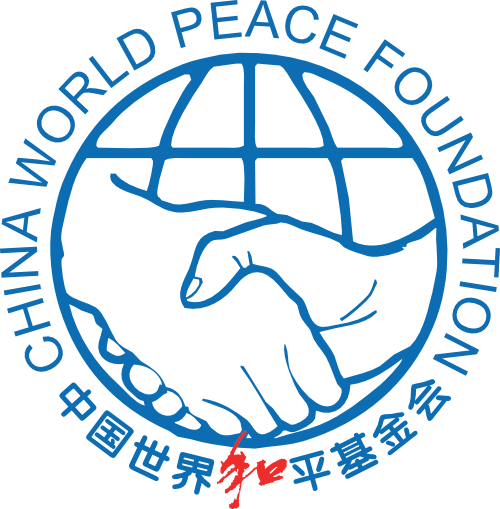Women, Guardians of Silk Roads Heritage
Women have played, and continue to play, an essential role in protecting and transmitting the shared heritage of the Silk Roads. Yet, despite their wide-ranging contributions across diverse fields, their influence remains insufficiently recognized and documented. Throughout history, women have been central to the cultural, intellectual, and social fabric of the Silk Roads. Rather than being passive figures, they have shaped and sustained traditions, safeguarded collective memory, and transmitted knowledge and skills across generations and regions, ensuring the continuity of cultures East Asia to the Mediterranean, across Central Asia, the Indian subcontinent, and the Middle East.
The legacy of the Silk Roads lies not only in monuments and texts, but also in the intangible cultural expressions and everyday practices that have endured over time. Women have been at the forefront of these processes – preserving, adapting, and reimagining traditions across generations.
For the 7th edition of the contest this year young participants aged 14 to 25 are invited to submit their photographs that best encapsulate the shared heritage of the Silk Roads the theme of “Women, Guardians of Heritage”. By highlighting the historical and contemporary roles of women, the contest aims to raise awareness of their enduring influence in promoting intercultural dialogue, transmitting of knowledge, and the building of more inclusive societies.
In today’s context, marked by global challenges and inequalities, this theme invites young participants to reflect on and honour the often-overlooked contributions of women whose roles have long shaped the living legacy of the Silk Roads.
From ancient trade hubs to contemporary communities, participants are encouraged to capture visible expressions of leadership, creativity, or cultural expression – and also what is less visible or too often taken for granted: the quiet forms of transmission, care, and connection that sustain communities and keep the legacy of the Silk Roads alive.
Some examples from which photographers may draw inspiration include, but are not limited to:
- Women practicing crafts such as weaving, embroidery, ceramics, or pottery – or other examples of cultural heritage.
- Traditional sports and games practiced or transmitted by women.
- Music, musical instruments, dance, or oral storytelling performed by women.
- Culinary traditions, gastronomy, and food production passed down through women.
- Women as writers, educators, artists, merchants, or scientists contributing to the dynamic cultural and intellectual exchanges of the Silk Roads.
- Intercommunity and multicultural gatherings led by women – during celebrations, life milestones, or everyday moments in diverse societies.
- Portraits of women from Silk Roads regions capturing their cultural identity, resilience, and knowledge, as well as moments of joy, celebration, learning, and everyday life.

